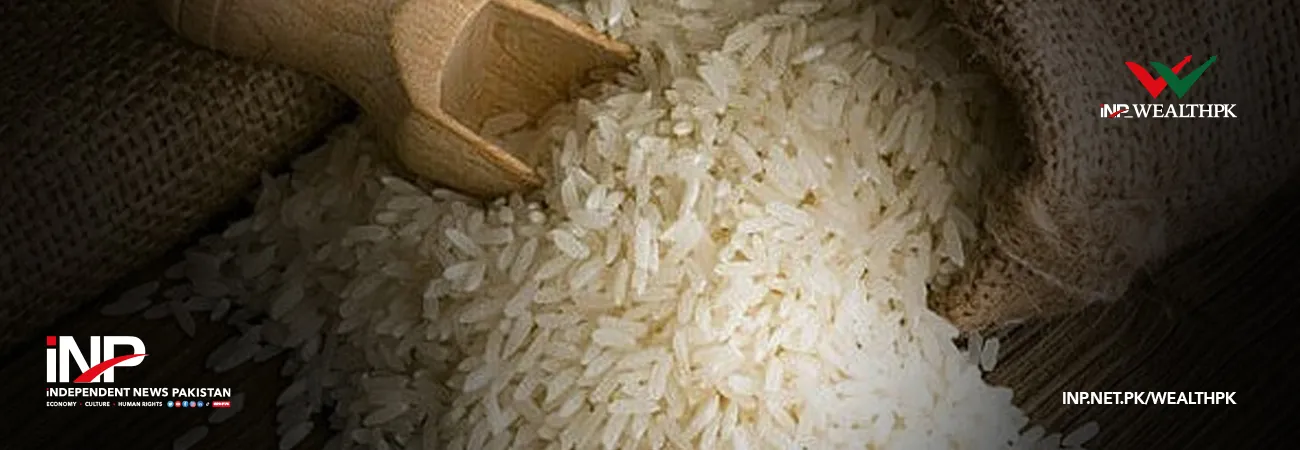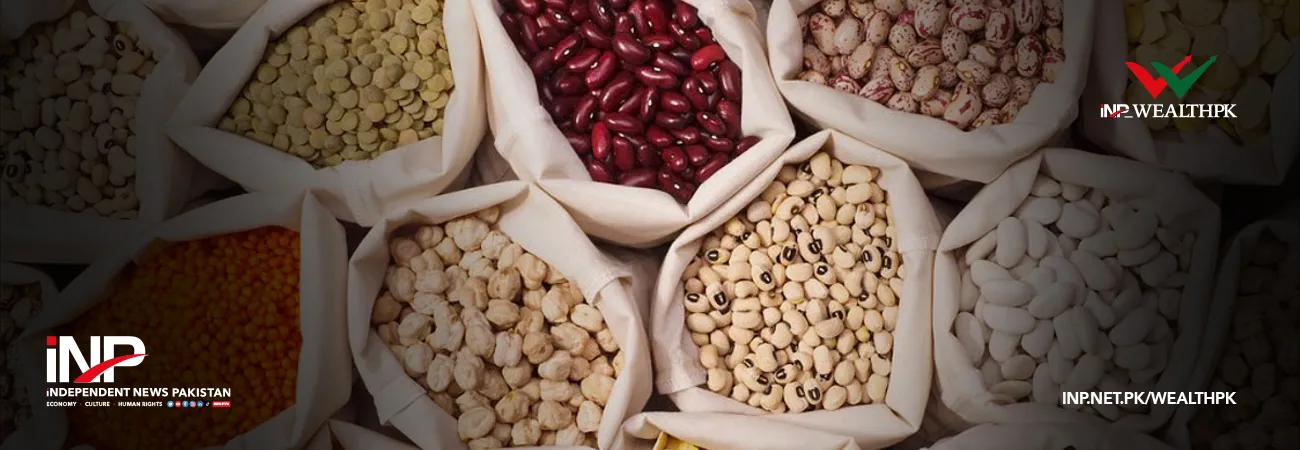INP-WealthPk
ISLAMABAD, Jun 15 (INP): Pakistan looks to collaboration with China to further tap its bamboo potential, says a report published by China Economic Net (CEN) on Wednesday.
Pakistan has only four or five uses of bamboo, but in a bamboo-producing county in China, there are over 200 uses of it”, said Dr. Raja Muhammad Omer, Deputy Inspector General of Forests, Forestry Wing, Ministry of Climate Change.
He told CEN in an interview that Pakistan looks to further tap its bamboo potential in collaboration with China.
“While we are looking at establishing ecological zones in Pakistan, we can have a trans-boundary ecological corridor as well”, he said.
Pakistan has limited forestry resources, with the forest area taking up about 5 % of the total land area of the country.
“But there is much scope for the bamboo industry. Currently, Pakistan still stays in the primary stage of bamboo utilization, with bamboo mainly used for the production of scaffolding and other construction materials, pens, and furniture”, Dr. Raja Muhammad Omer told CEN.
Last year, Pakistan became a state member of the International Bamboo and Rattan Organization (INBAR). Since then, detailed feasibility studies have been conducted on Pakistan’s bamboo potential as well as the value chain development.
According to Dr. Raja Muhammad Omer, the main challenge for Pakistan’s bamboo industry is the market. If there is good market for bamboo, the cultivation increases. If it shrinks, then the farmers do not have much preference to go for bamboo cultivation.
“We need to have a consistent and sustainable value chain for bamboo, so that the market will not fluctuate too much and more people will join this group and help increase bamboo resources”, he analysed.
He told CEN that a Memorandum of Understanding has been signed with the National Forestry and Grassland Administration of China. “We can develop proposals for bamboo cultivation in Pakistan as well as value chain development in the long run”, he added.
Another avenue of cooperation is through the Ministry of Commerce of China that regularly conducts training courses on bamboo sector. It was through one of these courses that Dr. Raja Muhammad Omer had the chance to visit the largest bamboo producing county in China.
In Anji County, Zhejiang Province in eastern China, bamboo forest covers nearly 60% of the area. An assortment of products have been manufactured by utilizing the roots, stems and leaves of bamboo, such as handicrafts, building materials, beverages, food, towels, etc.
In the whole processing chain, every part of the bamboo is fully made use of. Over 1600 enterprises in the county are engaged in the bamboo industry with an annual output of RMB 15 billion.
“Drawing on the Anji experience, we need more artisans to work on the commercial side of bamboo development. Taking a step further, we can export quality products that shall encourage more people to go for bamboo cultivation and processing”, Dr. Raja Muhammad Omer added.
Information in this article comes from third party providers. This website does not provide explicit or implied warranty for such information and is not liable for any losses directly or indirectly caused by using such information.
INP/javed













